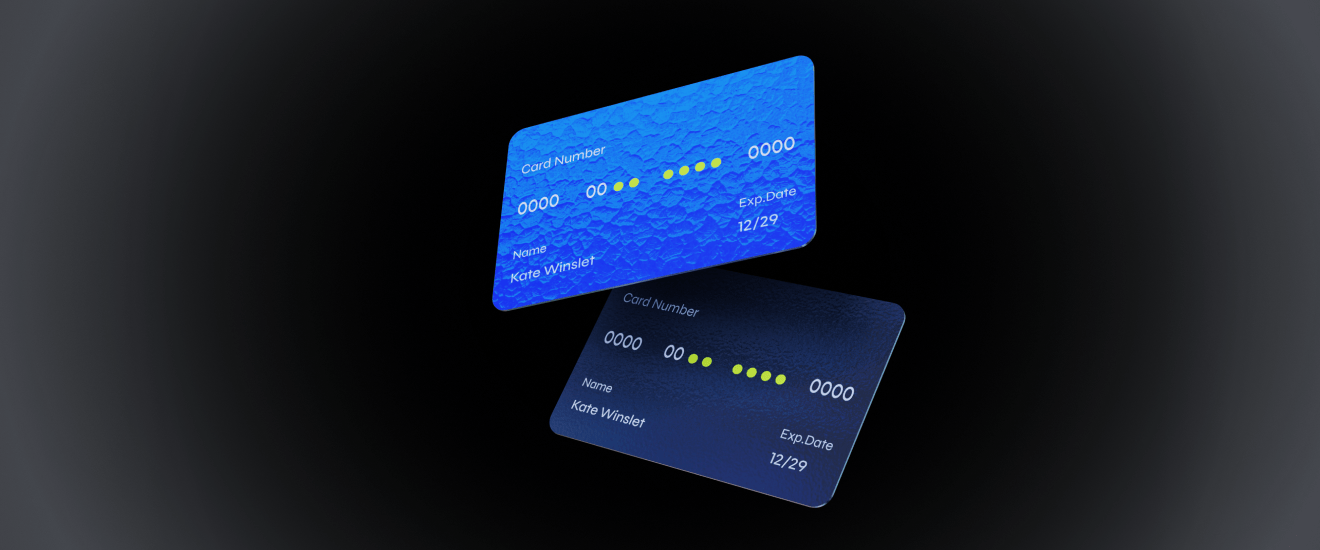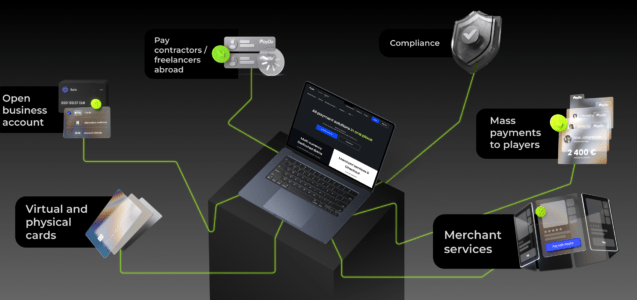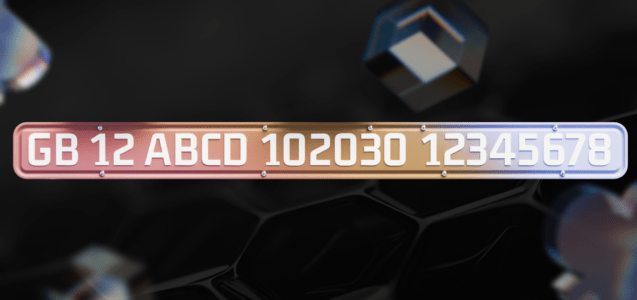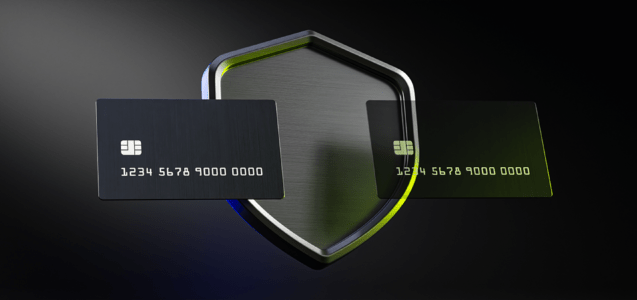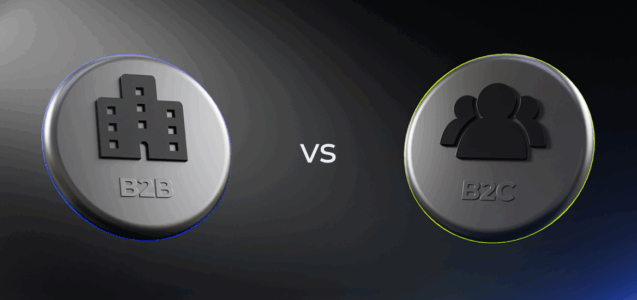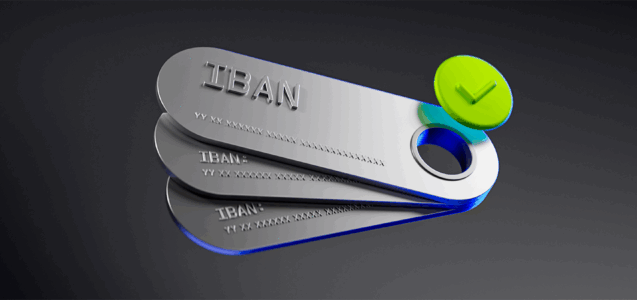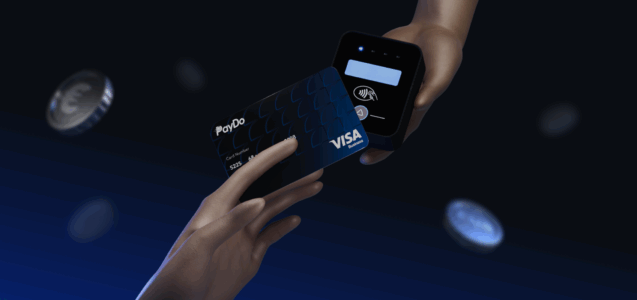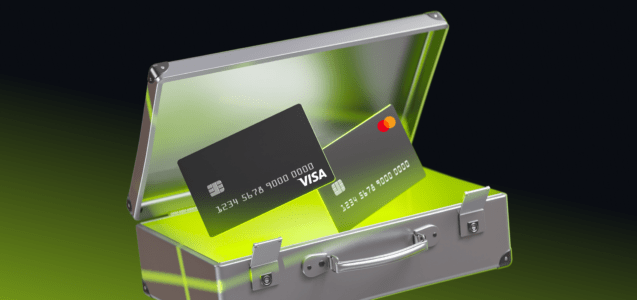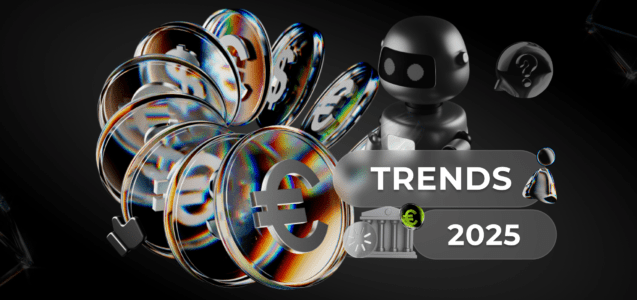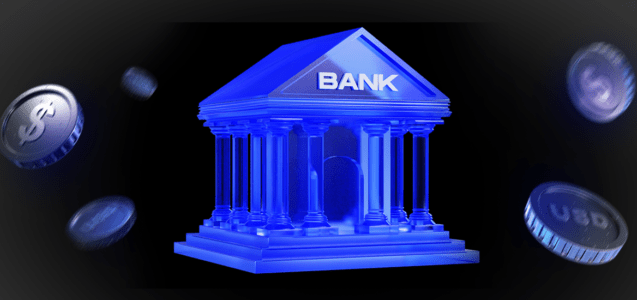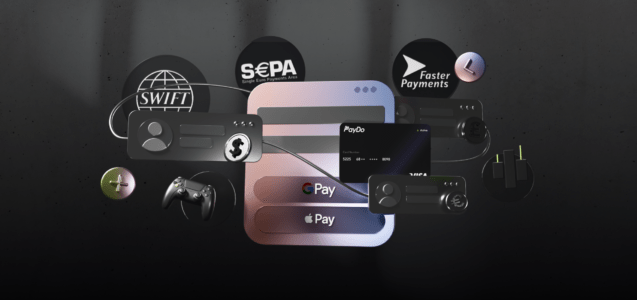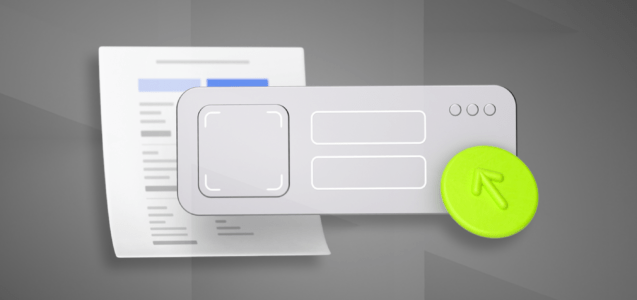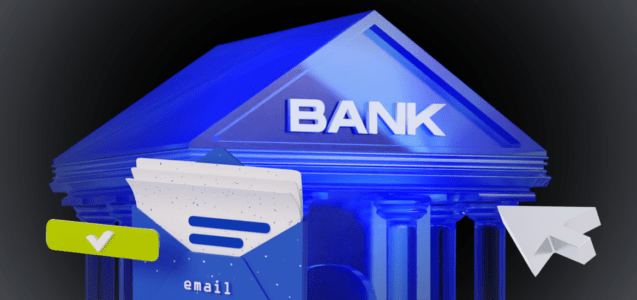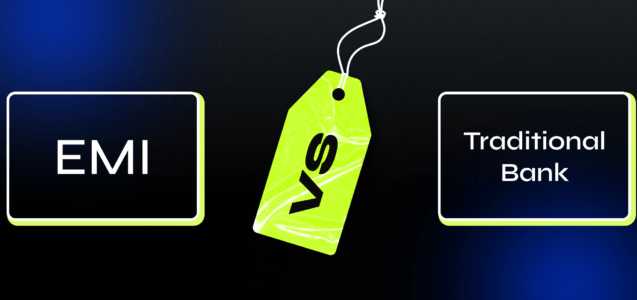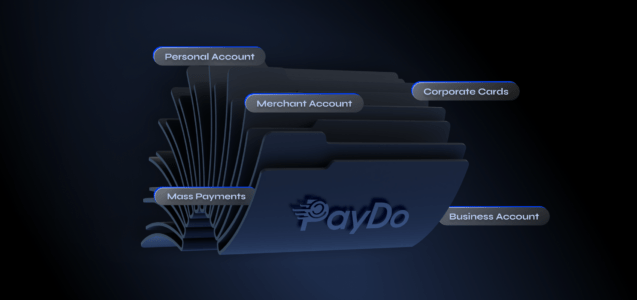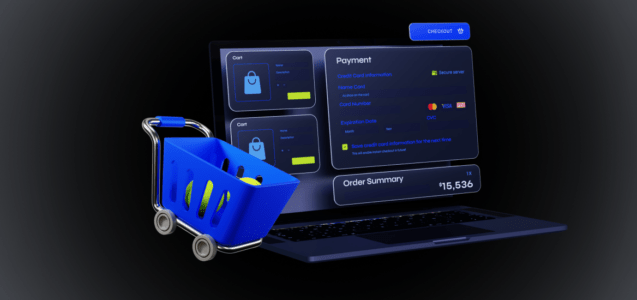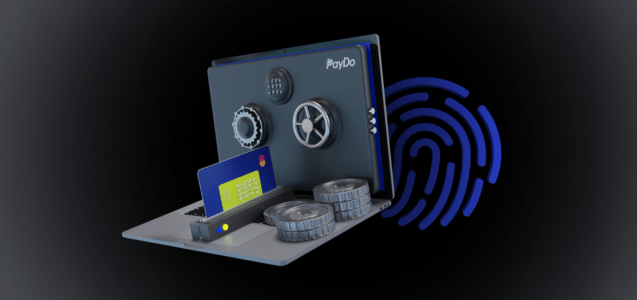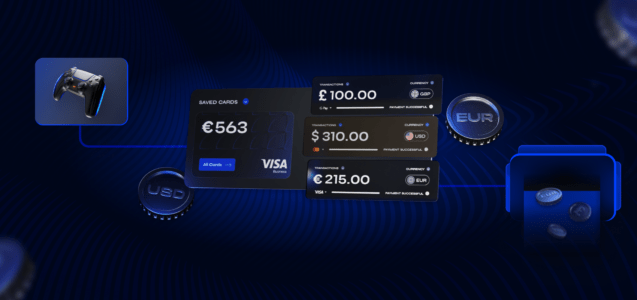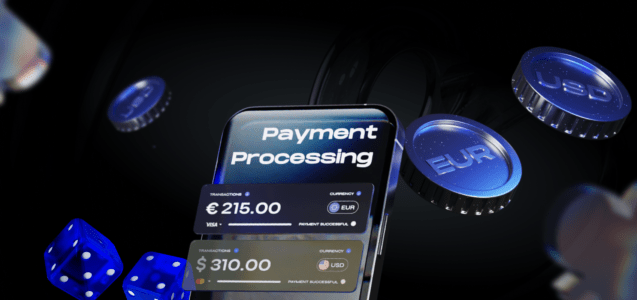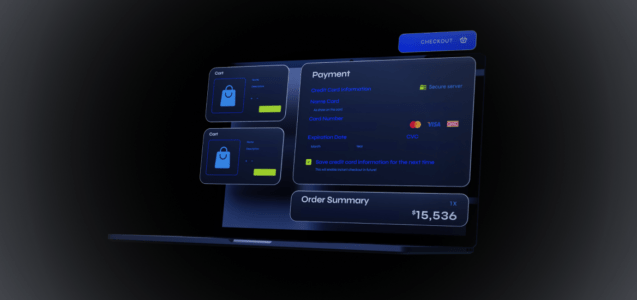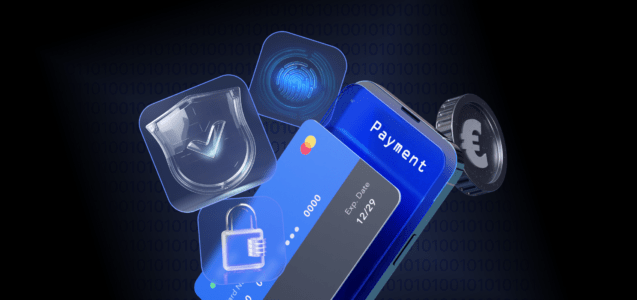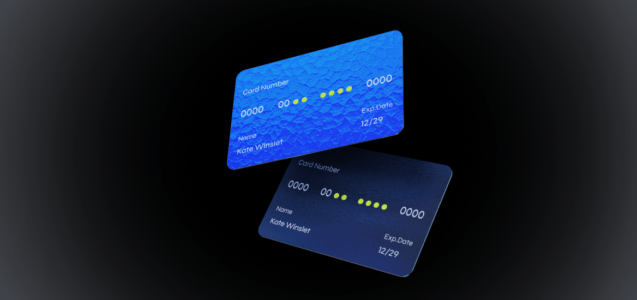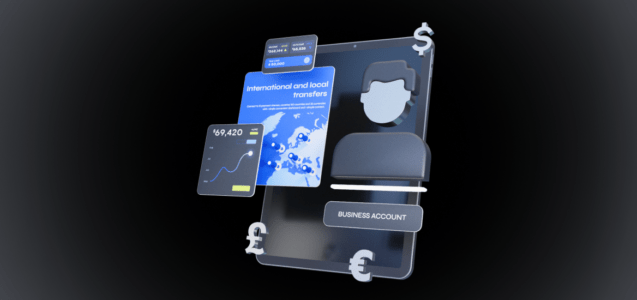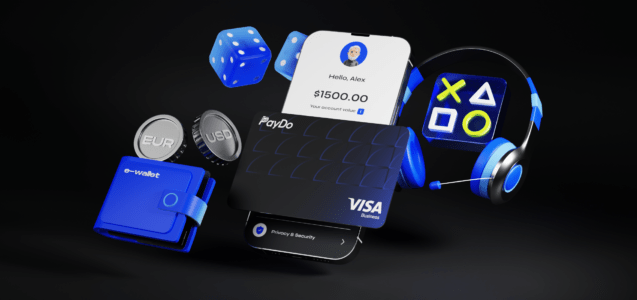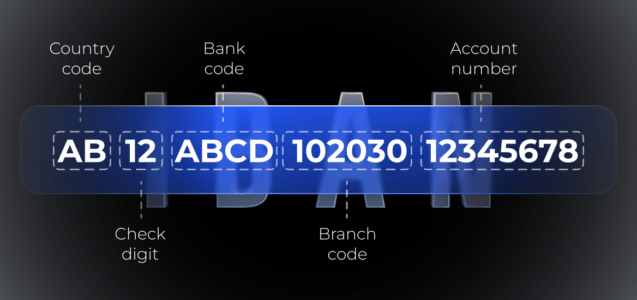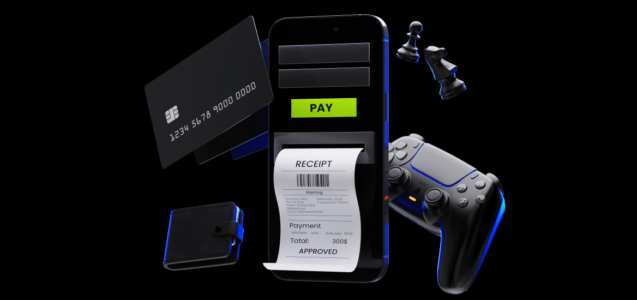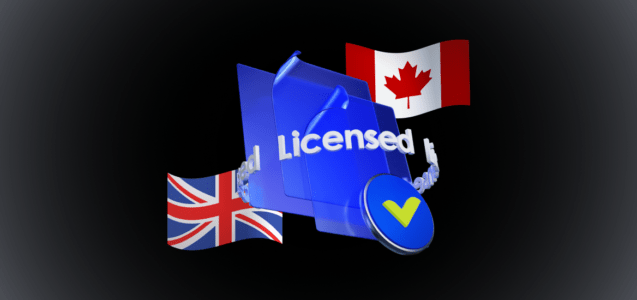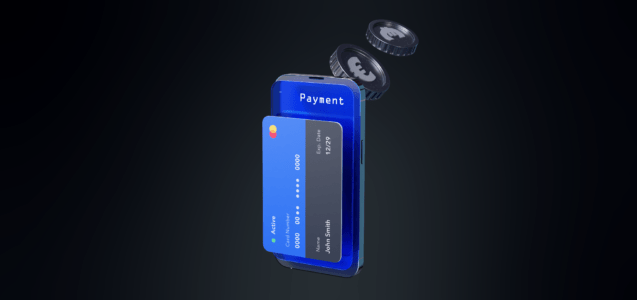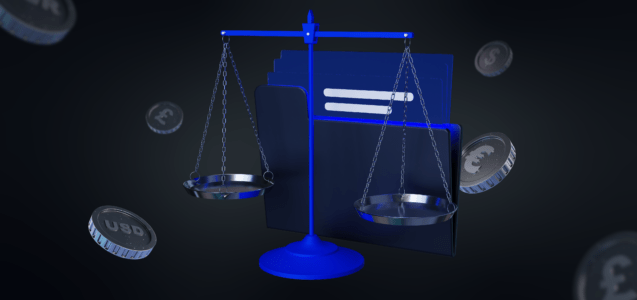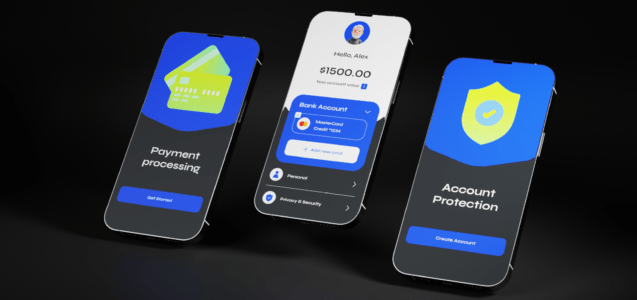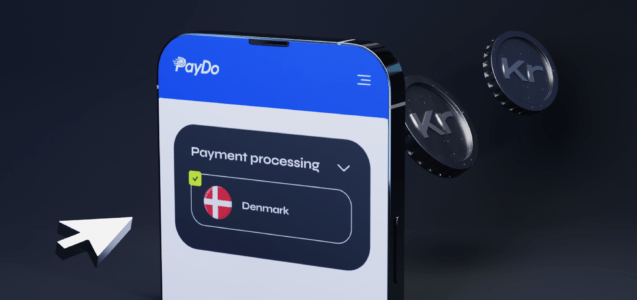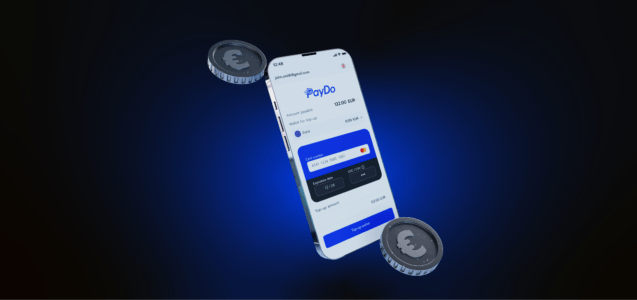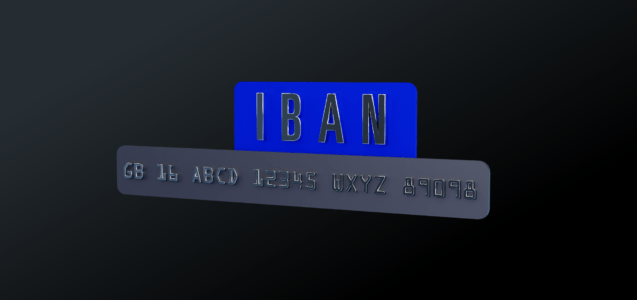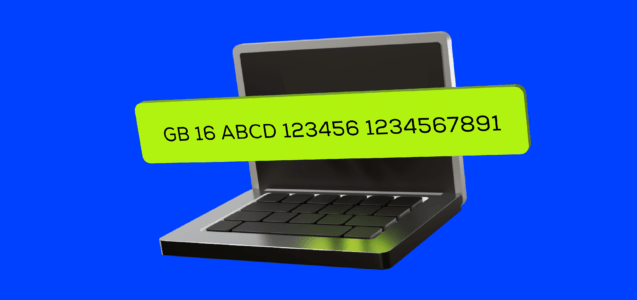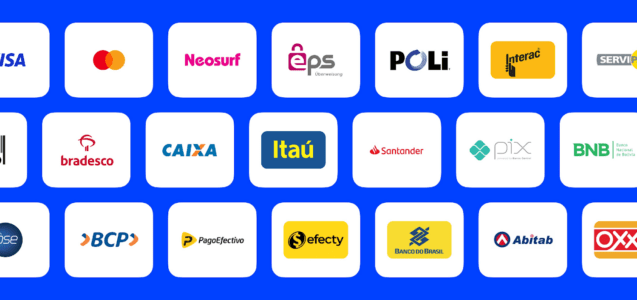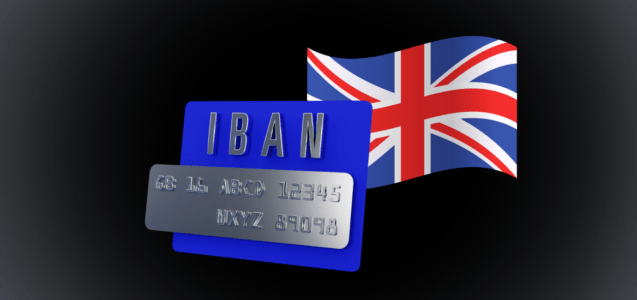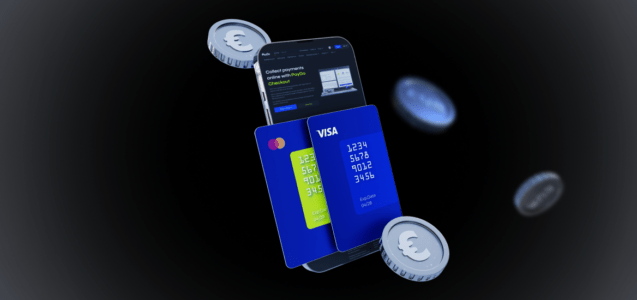Every day, Visa vs Mastercard process millions of payments. Naturally, when there are two main choices, people wonder: what is the difference between VISA and Mastercard debit card? Or, which is more popular – Mastercard or VISA?
Around the world, Visa credit cards were used for about 242 billion purchases in 2023. This means roughly 0.66 billion Visa transactions were made each day.
Mastercard is also leading the payment landscape. During the second quarter of 2023, approximately 18 billion transactions involved Mastercard credit cards. In the third quarter of the same year, Mastercard experienced a 10.3% rise in the total spending made with their credit cards compared to Q3 2022.
As you can see, both Visa and Mastercard are the backbone of electronic payments. But what makes Visa different from Mastercard, and vice versa? Are they really that different, or are they the same?
In this article, we’ll explore the differences between Visa and Mastercard to understand their differences.
General differences between Visa vs Mastercard
Visa vs Mastercard are the two largest payment processing networks in the world. They are responsible for handling the majority of the world’s card payments.
From a consumer perspective, there aren’t many noticeable differences between Visa and Mastercard. Hence, the choice between the two networks is largely a matter of personal preference. Let’s take a closer look at how these two payment giants differ.
Acceptance
Both Visa and Mastercard are widely accepted globally. However, there may be slight differences in acceptance based on specific regions and individual merchants.
Visa states that its payment network covers 200 countries and territories globally, while Mastercard reports coverage in 210 countries and territories. Although there’s an overlap in most destinations, both cards offer virtually identical worldwide acceptance, ensuring no substantive difference in usability wherever you go.
Market dominance
Visa generally has a slightly larger global market share compared to Mastercard. At the end of Q2 2022, Visa was worth $409.56 billion, and Mastercard was worth $306.85 billion. Over the past 10 years, Visa’s worth increased by an average of 16.4% each year, while Mastercard’s worth increased by an average of 18.5% each year.
Security features
Visa and Mastercard offer security features for transactions, such as Verified by Visa and SecureCode, which add an extra layer of protection for online purchases.
Market presence
Visa has a strong presence in Europe and Asia, while Mastercard has a strong presence in North America and Europe. However, both companies operate globally and have partnerships with banks and merchants worldwide.
| Feature | Visa | Mastercard |
| Ownership | Operated by Visa Inc. | Operated by Mastercard Incorporated |
| Market Share | Slightly larger global market share | Slightly smaller global market share |
| Acceptance | Widely accepted globally | Widely accepted globally |
| Rewards Programs | Offers various rewards programs | Offers various rewards programs |
| Security Features | Utilises Verified by Visa for security | Utilises SecureCode for security |
| Market Presence | Strong presence in Europe and Asia | Strong presence in North America and Europe |
| Corporate Partners | Partnerships with various banks and merchants | Partnerships with various banks and merchants |
While Visa and Mastercard share many similarities, these differences can influence consumer preferences, merchant partnerships, and the overall dynamics of the payment processing industry.
A Bit of History on Visa vs Mastercard
Visa vs Mastercard have both played pivotal roles in revolutionising the way people make payments globally.
Visa, originally known as BankAmericard, emerged in 1958 when Bank of America introduced the first mass-marketed credit card.
Over time, it expanded nationally and internationally, ultimately rebranding as Visa in 1976. Visa pioneered various payment technologies, such as magnetic stripe cards and electronic authorisation systems. Its IPO in 2008 marked a significant milestone, solidifying its position as a leading payment processing network.
On the other hand, Mastercard traces its roots back to the Interbank Card Association (ICA), founded in 1966. The association launched the Master Charge card in 1969, later transitioning to Mastercard in 1979.
Mastercard contributed to technological advancements in payment systems, including developing holographic security features and contactless payments. Like Visa, Mastercard expanded globally through strategic partnerships and acquisitions, establishing itself as a major player in the payment industry.
Both Visa vs Mastercard continue to innovate, introducing digital wallet solutions, enhancing security measures, and expanding their networks to adapt to evolving consumer preferences and technological advancements.
Which Is More Popular, Mastercard vs Visa?
According to a report by Statista, credit card penetration varies significantly between countries, as consumers in some countries all use Visa or Mastercard-issued credit cards. In contrast, other areas do not use them. However, according to a report by The Motley Fool, there are nearly 4.2 billion Visa cards in circulation worldwide, while roughly 3.1 billion cards bear the Mastercard brand name.
Visa’s larger market share can be attributed to its early expansion and brand recognition. It was one of the first companies to introduce a mass-marketed credit card, contributing to its widespread acceptance and usage worldwide.
However, Mastercard also boasts a substantial user base and acceptance network, particularly in regions like North America and Europe. It has developed strong partnerships with banks, financial institutions, and merchants, contributing to its prominence in the payment industry.
Ultimately, the choice between Mastercard and Visa often comes down to individual preferences, banking relationships, and each company’s specific offerings. These may include rewards programs or benefits associated with their credit and debit cards.
As a PayDo account user, you can add your Visa and Mastercard cards for faster and more secure payments. You can also top up your account with your Visa and Mastercard cards.
Additionally, we are releasing PayDo corporate cards soon for our business clients. Business users will be able to issue unlimited virtual and physical corporate expenditure cards in Euro (VISA in Q2 2024, and Mastercard soon) for their business and their employees. Physical cards can be delivered to any of the supported countries.
Along with that, each verified PayDo customer will be able to issue virtual cards or order VISA and MasterCard physical cards in EUR soon.
If you haven’t created your PayDo account, now is the perfect time to do that. Whether you need personal or business solutions, PayDo’s cards offer flexibility and convenience for your financial needs.


